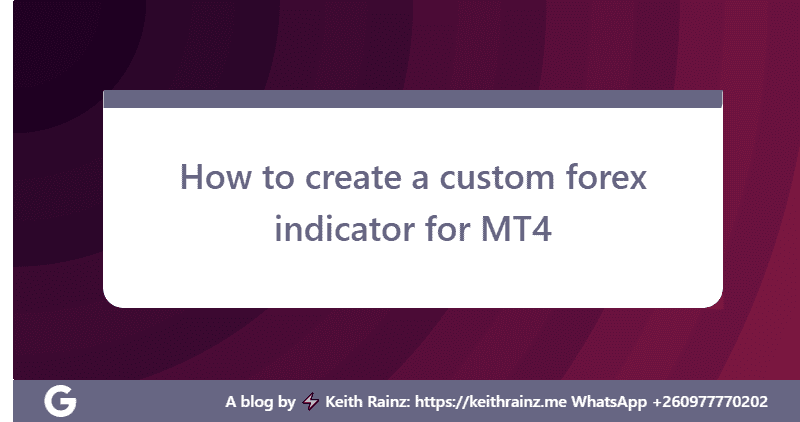Liquidity swings, often referred to simply as “liquidity,” are fluctuations in the availability of buyers and sellers in a financial market, including the forex market, stock market, or any other marketplace where assets are traded. These fluctuations can have a significant impact on asset prices and market conditions. Understanding liquidity swings is crucial for traders and investors as it affects their ability to execute orders and the potential for price volatility.
What are liquidity swings?
Here’s a more detailed explanation of liquidity swings:
- High Liquidity: When a market is highly liquid, there are many buyers and sellers actively participating in trading. This means that there are plenty of orders to buy and sell assets, and transactions can be executed quickly and efficiently. High liquidity typically results in narrow bid-ask spreads (the difference between the highest price a buyer is willing to pay and the lowest price a seller is willing to accept) and lower price volatility. Traders can enter and exit positions with ease in a highly liquid market.
- Low Liquidity: Conversely, low liquidity occurs when there are fewer participants in the market, resulting in fewer buy and sell orders. In a low-liquidity environment, asset prices can be more erratic, and bid-ask spreads tend to widen. It becomes more challenging to execute large orders without significantly impacting the asset’s price. Low liquidity can be especially problematic during off-hours or holidays when fewer traders are active.
- Liquidity Swings: Liquidity in financial markets is not constant; it can change over time and within different trading sessions. Liquidity swings occur when the level of liquidity in the market experiences sudden and substantial shifts. These shifts can be triggered by various factors, such as economic news releases, unexpected events, or changes in market sentiment.
- Positive Liquidity Swing: This happens when there’s a sudden increase in liquidity. For example, during major economic announcements, many traders may enter the market to capitalize on price movements. This influx of participants can lead to a positive liquidity swing, resulting in higher liquidity and lower spreads.
- Negative Liquidity Swing: Conversely, a negative liquidity swing occurs when liquidity dries up suddenly. This can happen during market holidays, after-hours trading, or in response to unexpected news events that cause traders to withdraw from the market. A negative liquidity swing can result in wider spreads and increased price volatility.
Why Liquidity Swings Matter:
- Order Execution: Liquidity swings can impact how quickly and at what price traders can execute their orders. In low-liquidity situations, traders may experience slippage, where their orders are filled at a less favorable price than expected.
- Risk Management: Traders must consider liquidity when managing risk. In illiquid markets, it can be challenging to exit a losing position quickly, potentially leading to larger losses.
- Volatility: Liquidity swings often correlate with volatility. High liquidity tends to coincide with lower volatility, while low liquidity can result in higher volatility and larger price fluctuations.
- Trading Strategy: Traders often tailor their strategies to the prevailing liquidity conditions. For example, they might choose to trade more actively during high-liquidity periods and exercise caution during low-liquidity times.
How to find liquidity swings
Watch my video on How to find liquidity swings easily
In summary, liquidity swings refer to fluctuations in the availability of buyers and sellers in financial markets. Understanding and adapting to these swings are essential for traders and investors to make informed decisions and manage their risk effectively.
Click here Watch How to find liquidity swings easily on YouTube.







